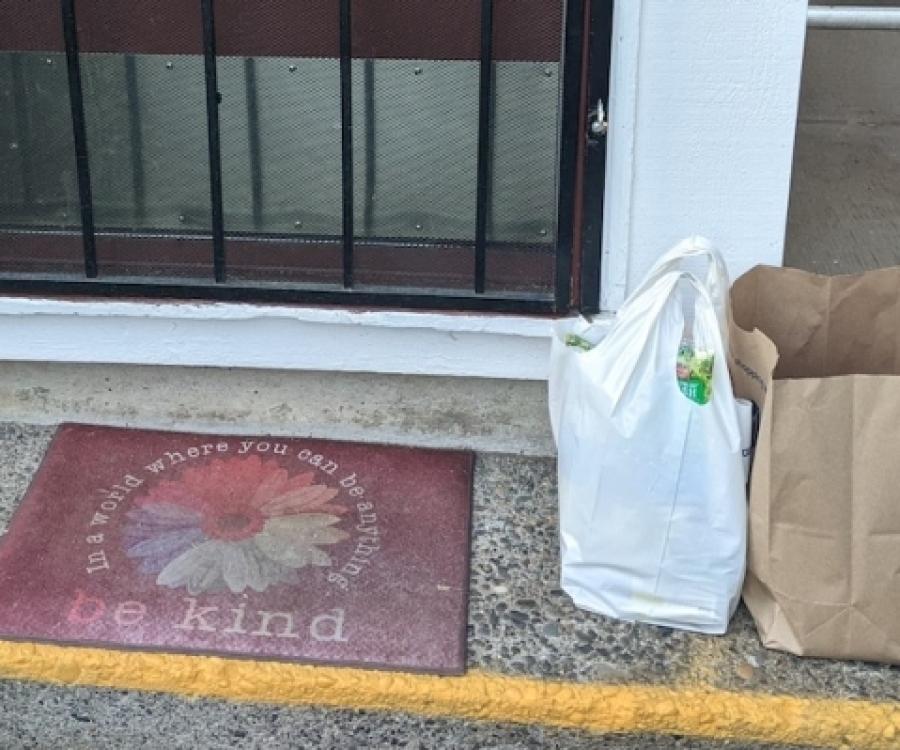
Americans waste a shocking amount of food every year—up to 40 percent of all food produced in the U.S. goes uneaten, according to the USDA.
Yet, a recent survey sponsored by Plastics Make it Possible® indicates that an overwhelming majority of Americans (91 percent) say preventing food waste in their homes is "very important." Part of the problem may be that less than one in five Americans (18 percent) is aware of a very effective and affordable tool for helping reduce food waste, and it's already available for many grocery store items: plastic packaging.
Innovative, modern plastic packaging helps protect produce, meats, fish, and dairy products from microbes, moisture, and other invasive agents, offering an affordable solution to keeping food fresh longer.
Take for example, "salad-in-a-bag" packaging. Introduced 20 years ago, this modified atmosphere plastic packaging reduces exposure to oxygen by sealing the food in a package that contains a mixture of gases in controlled proportions that slow spoilage, thus helping reduce food waste. Another example is one of the most widely consumed vegetables in the world: cucumbers. When tightly wrapped in lightweight plastic, cucumbers can last for weeks at a time, prolonging shelf life and consequently reducing wasted food.
"When you think about the wasted water, energy, cropland, shipping, and production costs that go into producing food that is ultimately thrown away uneaten, you see a more comprehensive picture of the food waste problem in America," said Steve Russell, vice president of plastics at the American Chemistry Council, which sponsors Plastics Make it Possible. "The choices we make at the grocery store can have a big difference in helping reduce food waste. A small amount of plastic packaging can help foods last significantly longer and, in the process, reduce costs and our carbon footprint."









